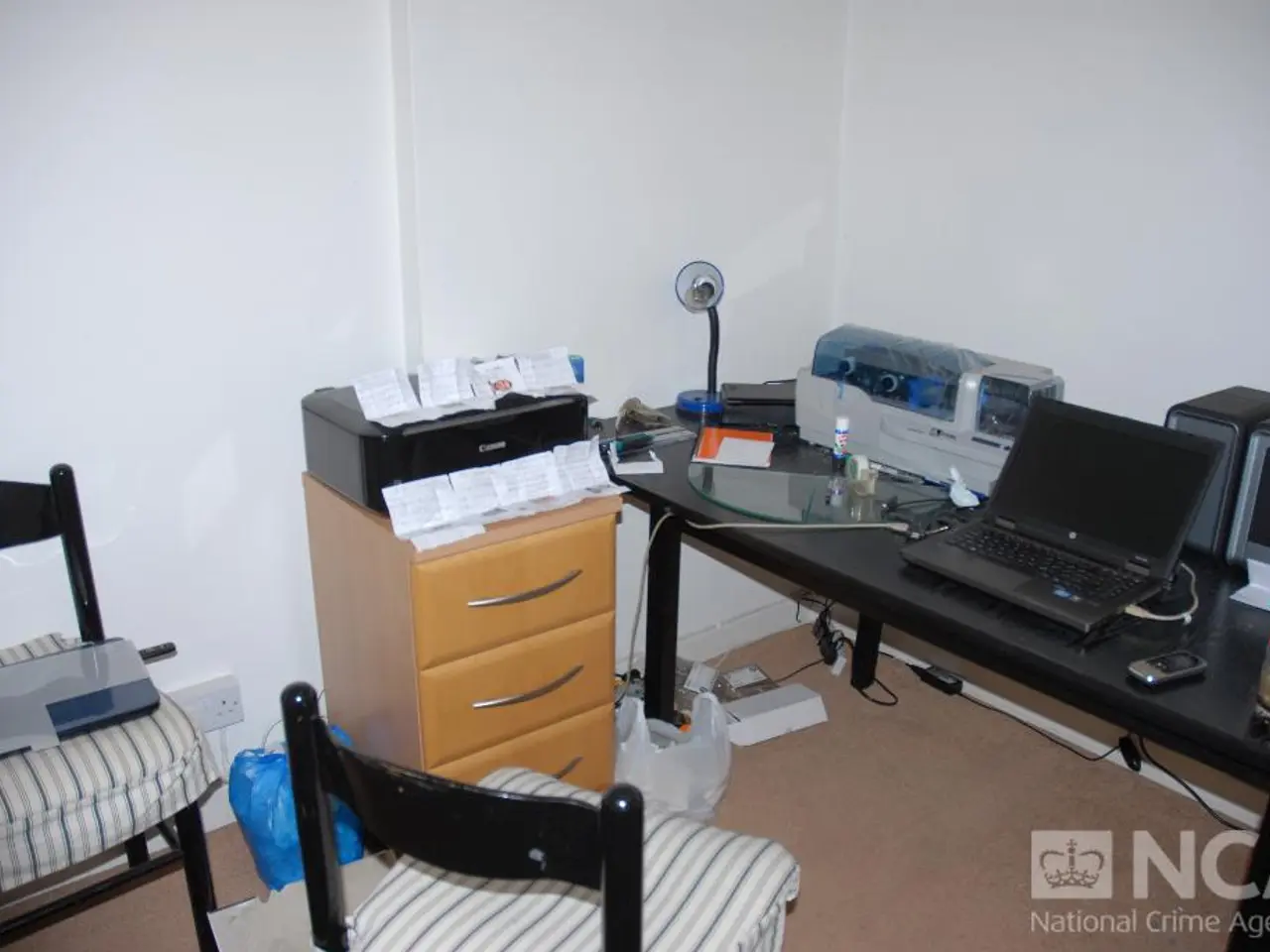Cybersecurity firm CyberCube and insurance giant Munich Re have released a fresh report detailing potential risks in the sector.
Peak Re, a global reinsurance company based in Hong Kong, has chosen CyberCube, a leading provider of cyber analytics for the insurance industry, as a partner to help quantify client cyber risk exposure. In a move that underscores the growing importance of cybersecurity in the reinsurance sector, Peak Re will leverage CyberCube's expertise to better understand and manage the systemic cyber risks that threaten its portfolio.
The partnership comes as CyberCube publishes a new paper titled "Designing a Cyber Catastrophe," which offers insights into the company's scenario development process. The paper, published today, provides an insight into CyberCube's intellectual process, detailing how the company creates and refines cyber threat scenarios to help insurers and reinsurers prepare for potential cyber events.
The paper highlights several key trends and insights in the realm of systemic cyber risk. One of the most pressing issues is the increasing sophistication of cyber threats, driven by the use of artificial intelligence (AI) by cybercriminals. These advanced attacks can halt whole operations and have grown beyond data breaches, making them a top systemic risk.
Another concern is the systemic nature of cyber events, as interconnected technology dependencies can cause a single cyber incident to cascade disruption across multiple organizations. Social engineering, which accounted for 36% of cyber incidents in a key global report, also poses a significant threat, exploiting human trust and behavioral gaps to bypass security measures and enable rapid privilege escalation.
The paper also addresses the challenges in detection, containment, and response, revealing that on average, organizations take about 204 days to detect breaches and 73 days to contain them. Faster detection and containment significantly reduce costs, but low detection coverage, alert fatigue, and misclassification of attack signals remain major challenges.
In addition, the paper discusses the maturation of operational technology (OT) security, with more organizations assigning OT security oversight to Chief Information Security Officers (CISOs), and the broader systemic risks associated with supply chains and infrastructure.
CyberCube's focus on the insurance industry, coupled with its expertise in cyber risk analytics, makes it an ideal partner for Peak Re as it seeks to better understand and manage cyber risk. With the publication of "Designing a Cyber Catastrophe," CyberCube continues to demonstrate its commitment to helping insurers and reinsurers prepare for and mitigate the risks posed by the evolving cyber threat landscape.
[1] Systemic Cyber Risk in 2025: Key Trends and Insights. (2022). Retrieved from https://www.cybercube.tech/resources/systemic-cyber-risk-in-2025-key-trends-and-insights
[2] Cybersecurity Trends and Challenges in 2025. (2022). Retrieved from https://www.cybercube.tech/resources/cybersecurity-trends-and-challenges-in-2025
[3] Social Engineering: A Top Intrusion Vector in Cybersecurity. (2022). Retrieved from https://www.cybercube.tech/resources/social-engineering-a-top-intrusion-vector-in-cybersecurity
[4] Operational Technology (OT) Security Maturation. (2022). Retrieved from https://www.cybercube.tech/resources/operational-technology-ot-security-maturation
- Insurtech companies like CyberCube, with their focus on cyber risk analytics, are valuable partners for businesses seeking to better manage cyber risk, as demonstrated by Peak Re's partnership.
- CyberCube's latest paper, "Designing a Cyber Catastrophe," offers insights into the company's scenario development process, highlighting the growing importance of innovation in the field of cybersecurity.
- The reinsurance sector is facing systemic cyber risks, such as the increasing sophistication of cyber threats driven by AI and the interconnected nature of technology dependencies that can cause a single cyber incident to disrupt multiple organizations.
- With the rise of concerns about systemic cyber risks, events like webinars and industry discussions become crucial for finance professionals to stay updated on the latest trends and challenges in cybersecurity.
- The maturation of operational technology (OT) security is a significant development, with more organizations assigning OT security oversight to Chief Information Security Officers (CISOs), which could lead to advancements in technology and business resilience against cyber risks.




